
Chinese Gold Mining in Congo’s Okapi Wildlife Reserve Sparks Outrage and Environmental Concerns
Along the banks of the Ituri River in eastern Congo’s Ituri province, the lush forests of the Okapi Wildlife Reserve are vanishing, giving way to gold mining operations run by the Chinese-owned Kimia Mining Investment. This expansion, critics say, is threatening the integrity of an endangered UNESCO World Heritage site and the communities that depend on it.
The Okapi Wildlife Reserve, a 13,000-square-kilometer haven of biodiversity and home to endangered species such as the forest giraffe-like okapi, has been a UNESCO-protected site since 1996. Part of the Congo Basin rainforest, the world’s second-largest rainforest, it acts as a crucial carbon sink mitigating climate change. Despite legal prohibitions on mining within protected areas, the reserve is now home to one of the country’s largest gold mines.
Mining operations, according to environmentalists and residents, have led to deforestation, soil pollution, and contamination of rivers. Local leaders claim that the reserve’s original boundaries, which would have excluded mining activities, were unlawfully altered to accommodate the industry.
An internal memo from Congo’s government in August acknowledged the boundary issue and proposed shutting down mining operations in the reserve, including Kimia Mining. Yet, no clear timeline or plan for enforcement has been established.
The reserve, already listed as endangered due to conflict and wildlife trafficking, faces increasing strain from the mining activity. Satellite images show the rapid development of mining infrastructure since 2016, with over 480 hectares of forest—equivalent to nearly 900 American football fields—lost between January and May 2024 alone.
Residents report a sharp decline in agricultural productivity and wildlife availability. “The soil is poisoned by chemicals used by the Chinese,” said a former employee who worked near Kimia Mining’s site. Fishermen like Assana, who live along the Ituri River, say their catches have dwindled due to water pollution caused by mining operations.
Mercury, used in gold extraction, has reportedly seeped into the soil and water, exacerbating health risks for local communities. Conservation groups have warned that the mining is decimating okapi habitats and other wildlife.
The shrinking of the reserve’s boundaries has sparked widespread controversy. Environmental groups allege that permits for mining within the protected area were issued based on manipulated maps. Congo’s mining registry has acknowledged discrepancies, but mining companies like Kimia claim their operations are legal, citing government-issued permits valid until 2048.
Conservation groups argue that boundary modifications for World Heritage sites must be approved by UNESCO and its World Heritage Committee, which has received no such request from Congo. Civil society groups in Congo accuse government officials of corruption, alleging that boundaries were altered to allow lucrative mining activities.
“This reserve is supposed to be protected, but mining permits have been issued based on manipulated maps,” said Alexis Muhima, executive director of the Congolese Civil Society Observatory for Peace Minerals.
Local residents, who once relied on artisanal mining and farming, are now struggling to make ends meet. While Kimia Mining employs more than 2,000 people, community leaders argue that the benefits largely bypass locals.
“Chinese miners have restricted access to locals, charging fees many cannot afford,” said Jean Kamana, the chief of Epulu village. Farmers like Muvunga Kakule report losing 95% of their income as they can no longer sell produce to the miners.
Meanwhile, the influx of thousands of workers into the area has exacerbated poaching, a growing concern for Indigenous Pygmy communities who depend on sustainable hunting for survival. “We used to hunt up to seven animals a day during the season. Now, it’s hard to catch two,” said Wendo Olengama, a Pygmy chief.
Conservation groups, including the Wildlife Conservation Society, have called for immediate action to enforce Congo’s mining laws and protect the Okapi Wildlife Reserve. The ICCN (Congolese Institute for the Conservation of Nature) has reaffirmed that the original boundaries should be restored, but enforcement remains elusive.
UNESCO has requested a report from Congo by February 2024, seeking clarity on the boundary issues and measures to resolve the crisis.
The Okapi Wildlife Reserve’s survival hangs in the balance as local communities demand sustainable solutions. “If the situation persists, we will live in misery,” said Dura Anyainde, a local resident. Her husband echoed the sentiment, urging the mining company to invest in community programs such as cattle farming and responsible hunting practices.
The world watches as Congo grapples with balancing its mineral wealth and environmental commitments, while those who depend on the forest face an uncertain future.
- PM Oli Hails Thailand Visit and BIMSTEC Summit Participation as Fruitful and Impactful
- PM Oli Vows to Deepen Nepal-India Relations Following Productive Talks with Indian Counterpart
- Kathmandu Chokes on Toxic Air as Health Concerns Mount
- Myanmar Earthquake Death Toll Surpasses 3,300, UN Calls for Global Support
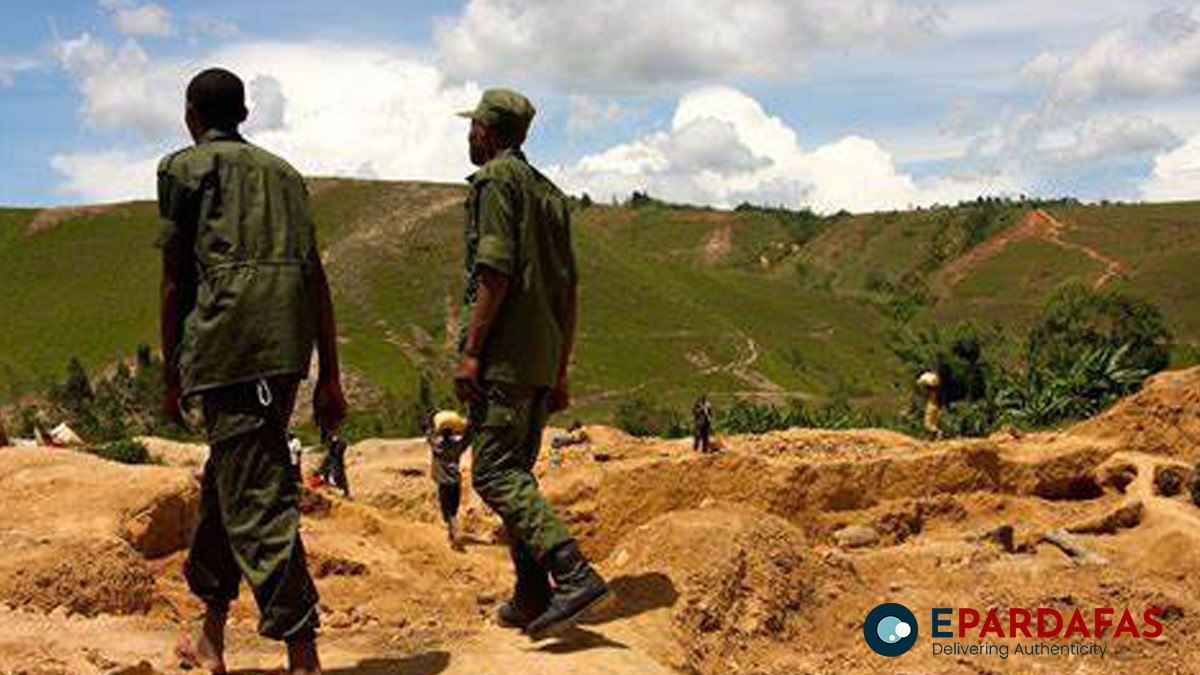
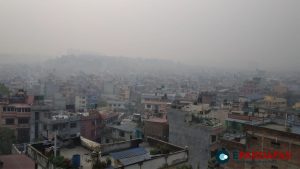

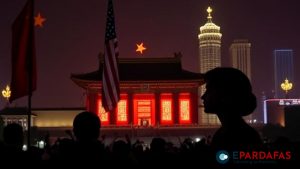
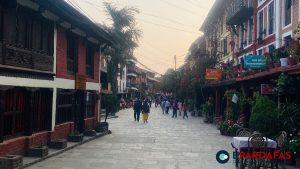

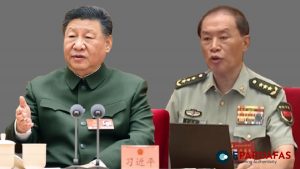
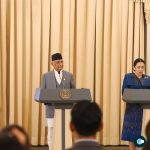


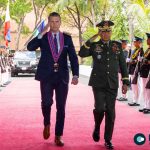
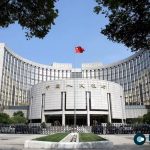
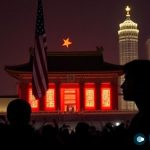
Comments